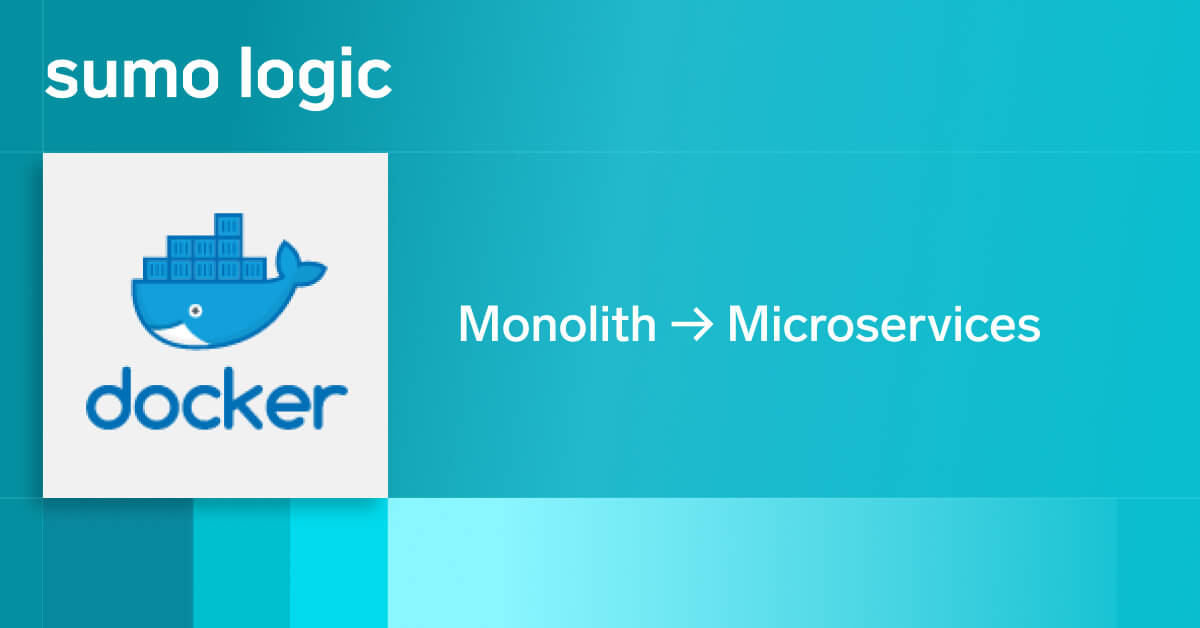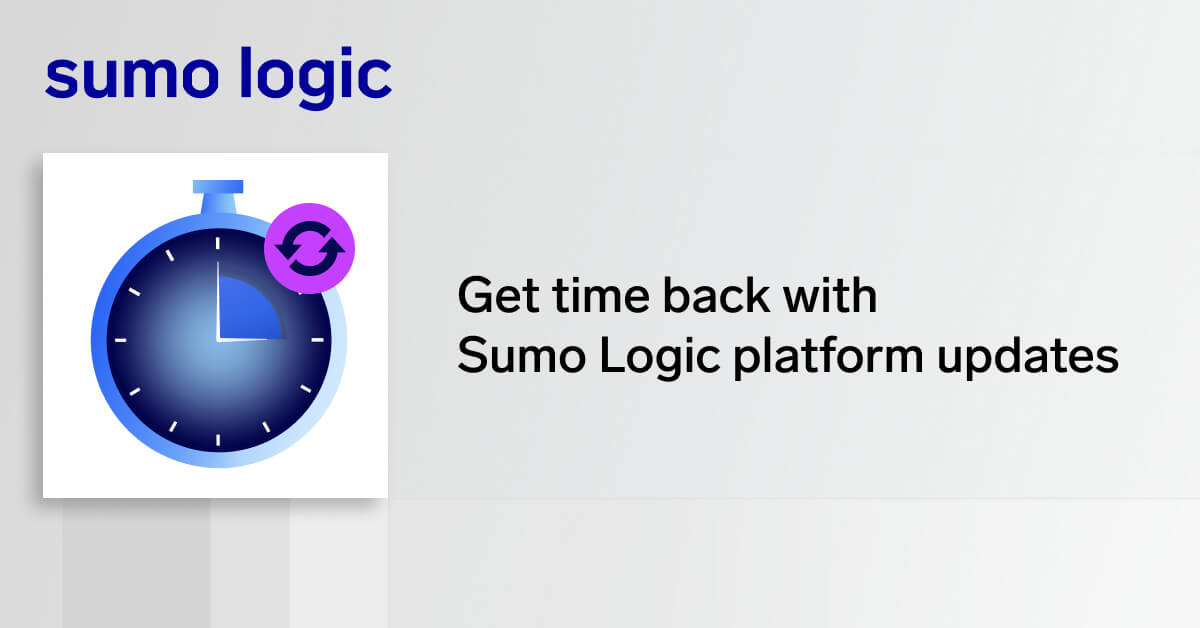Bintray, JFrog’s software hosting and distribution platform, offers lots of exciting features, like CI integration and REST APIs.
If you’re like me, you enjoy thinking about those features much more than you enjoy thinking about software security. Packaging and distributing software is fun; worrying about the details of Bintray security configurations and access control for your software tends to be tedious (unless security is your thing, of course).
Like any other tool, however, Bintray is only effective in a production environment when it is run securely. That means that, alongside all of the other fun things you can do with Bintray, you should plan and run your deployment in a way that mitigates the risk of unauthorized access, the exposure of private data, and so on.
Below, I explain the basics of Bintray security, and outline strategies for making your Bintray deployment more secure.
Bintray Security Basics
Bintray is a cloud service hosted by JFrog’s data center provider. JFrog promises that the service is designed for security, and hardened against attack. (The company is not very specific about how it mitigates security vulnerabilities for Bintray hosting, but I wouldn’t be either, since one does not want to give potential attackers information about the configuration.) JFrog also says that it restricts employee access to Bintray servers and uses SSH over VPN when employees do access the servers, which adds additional security.
The hosted nature of Bintray means that none of the security considerations associated with on-premises software apply. That makes life considerably easier from the get-go if you’re using Bintray and are worried about security.
Still, there’s more that you can do to ensure that your Bintray deployment is as robust as possible against potential intrusions. In particular, consider adopting the following policies.
Set up an API key for Bintray
Bintray requires users to create a username and password when they first set up an account. You’ll need those when getting started with Bintray.
Once your account is created, however, you can help mitigate the risk of unauthorized access by creating an API key. This allows you to authenticate over the Bintray API without using your username or password. That means that even if a network sniffer is listening to your traffic, your account won’t be compromised.
Use OAuth for Bintray Authentication
Bintray also supports authentication using the OAuth protocol. That means you can log in using credentials from a GitHub, Twitter or Google+ account.
Chances are that you pay closer attention to one of these accounts (and get notices from the providers about unauthorized access) than you do to your Bintray account. So, to maximize security and reduce the risk of unauthorized access, make sure your Bintray account itself has login credentials that cannot be brute-forced, then log in to Bintray via OAuth using an account from a third-party service that you monitor closely.
Sign Packages with GPG
Bintray supports optional GPG signing of packages. To do this, you first have to configure a key pair in your Bintray profile. For details, check out the Bintray documentation.
GPG signing is another obvious way to help keep your Bintray deployment more secure. It also keeps the users of your software distributions happier, since they will know that your packages are GPG-signed, and therefore, are less likely to contain malicious content.
Take Advantage of Bintray’s Access Control
The professional version of Bintray offers granular control over who can download packages. (Unfortunately this feature is only available in that edition.) You can configure access on a per-user or per-organization basis.
While gaining Bintray security shouldn’t be the main reason you use granular access control (the feature is primarily designed to help you fine-tune your software distribution), it doesn’t hurt to take advantage of it in order to reduce the risk that certain software becomes available to a user to whom you don’t want to give access.
5 Bintray Security Best Practices is published by the Sumo Logic DevOps Community. If you’d like to learn more or contribute, visit devops.sumologic.com. Also, be sure to check out Sumo Logic Developers for free tools and code that will enable you to monitor and troubleshoot applications from code to production.
About the Author
Chris Tozzi has worked as a journalist and Linux systems administrator. He has particular interests in open source, agile infrastructure and networking. He is Senior Editor of content and a DevOps Analyst at Fixate IO.


